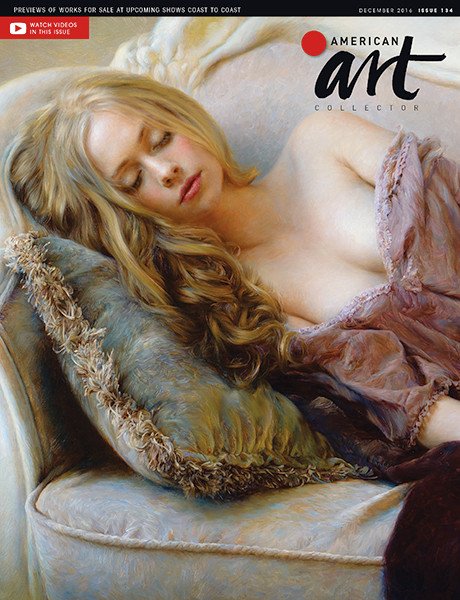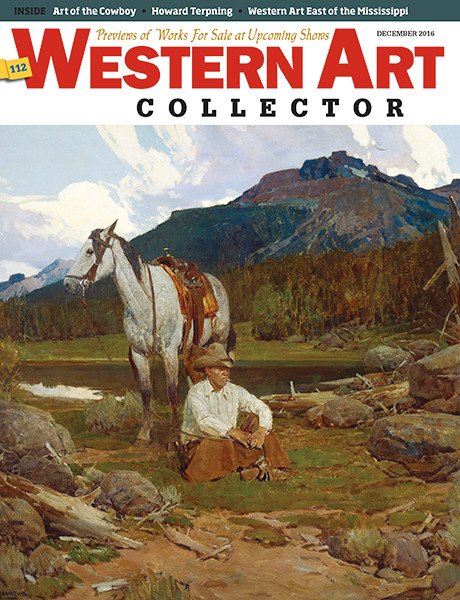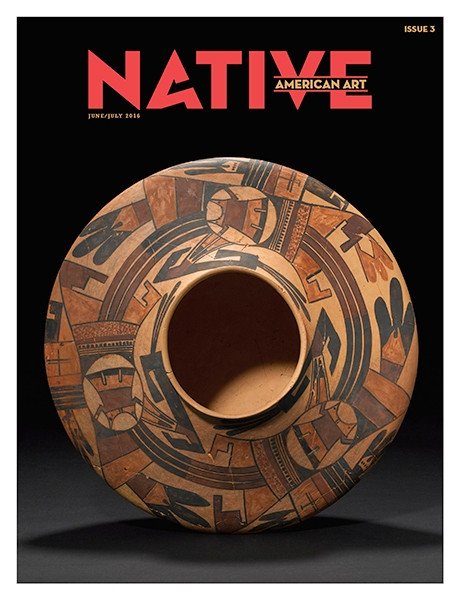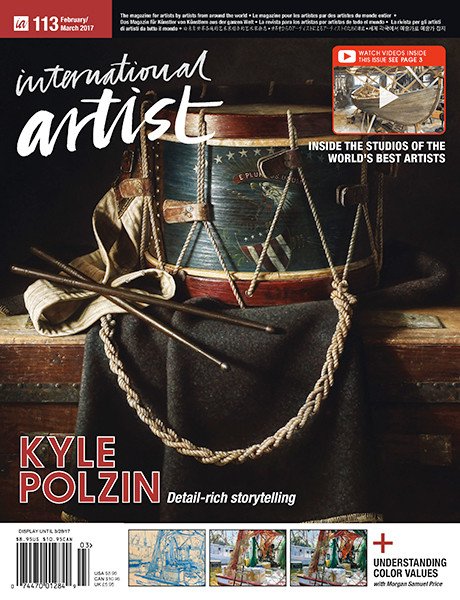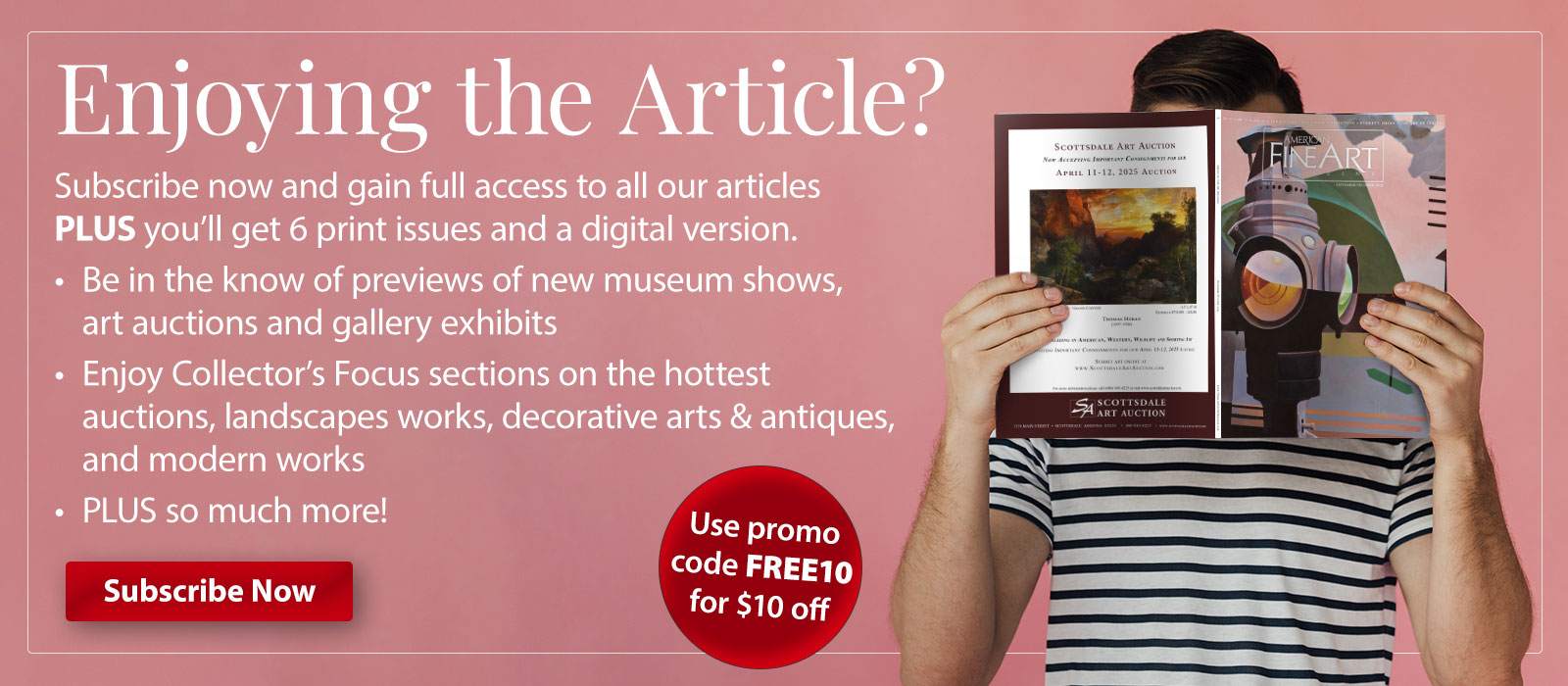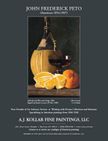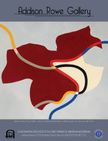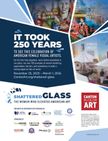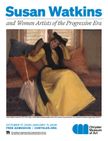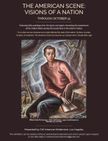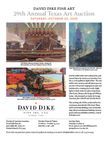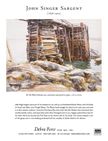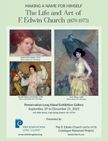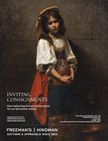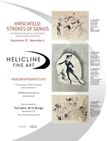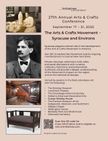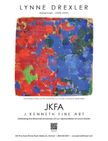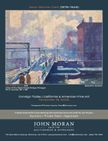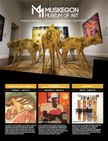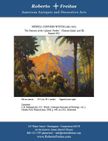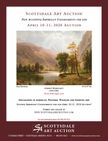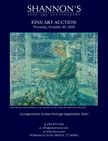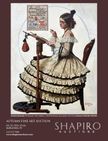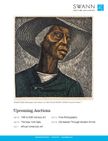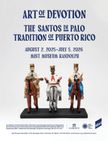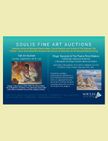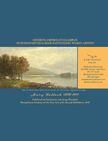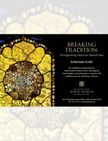By national treasures, I am not only referring to the countless masterworks in our country’s holdings, but the institutions that house, preserve and protect them and, in doing so, our cultural heritage. Museums are the bridge—and the gatekeepers—between the most significant works of art and the public. Fortunately for us, their mission is to make their collections accessible to as many people as possible. And they are anything but passive in their efforts. Curators are conceptualizing exhibits designed to engage people of all ages and backgrounds, creatively weaving the past into the present to underscore its continued relevance and foster mind-opening conversations. They are borrowing works from personal collections to enhance touring exhibitions. They are loaning important pieces from their own permanent collections to regional museums across the nation. And, since most museums are nonprofits, they are ramping up their fundraising efforts like never before due to cuts to federal arts funding. In the following pages, you will read about all of these topics, and more.
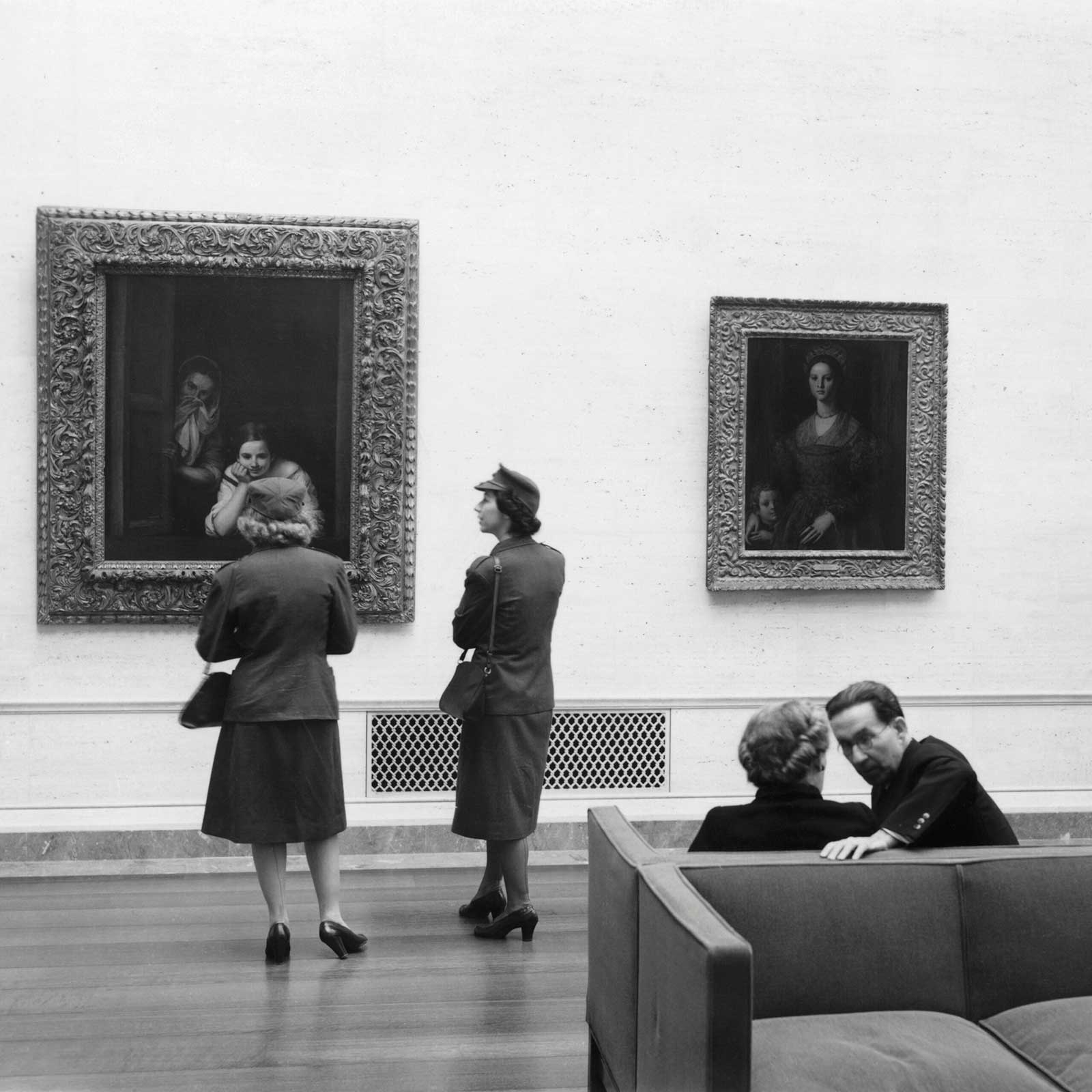 Courtesy National Gallery of Art, Washington, D.C.
Courtesy National Gallery of Art, Washington, D.C.
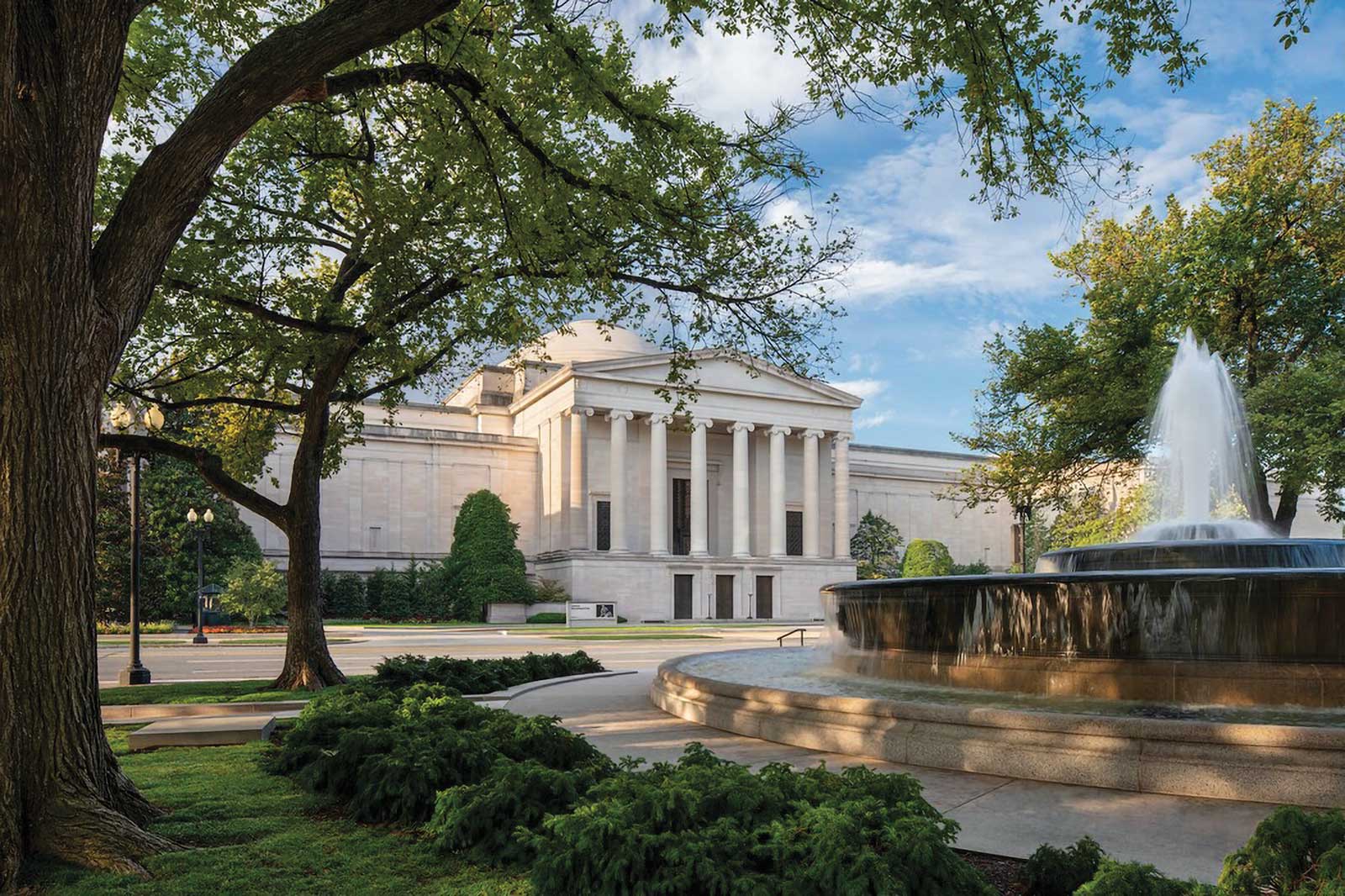
National Gallery of Art, West Building. Courtesy National Gallery of Art, Washington D.C
This issue of American Fine Art Magazine is dedicated to the fine art museums—of which there upwards of 30,000 in the United States—endeavoring to keep us connected to our national treasures, to our past and present, and to each other through the ongoing dialogue that art can spark. In the remainder of this special section, we will hear from the American Alliance of Museums about the difficulties the museum sector is facing in light of the current political climate. We have a feature about Judy Goffman Cutler, the woman behind the National Museum of American Illustration, and robust coverage of exhibitions spanning niche shows that might not be on your radar but should be, to sweeping retrospectives about the most renowned historic artists at the most iconic institutions. Finally, we close out the section with a calendar that will help you plan your exhibition schedule through the end of the year and beyond.
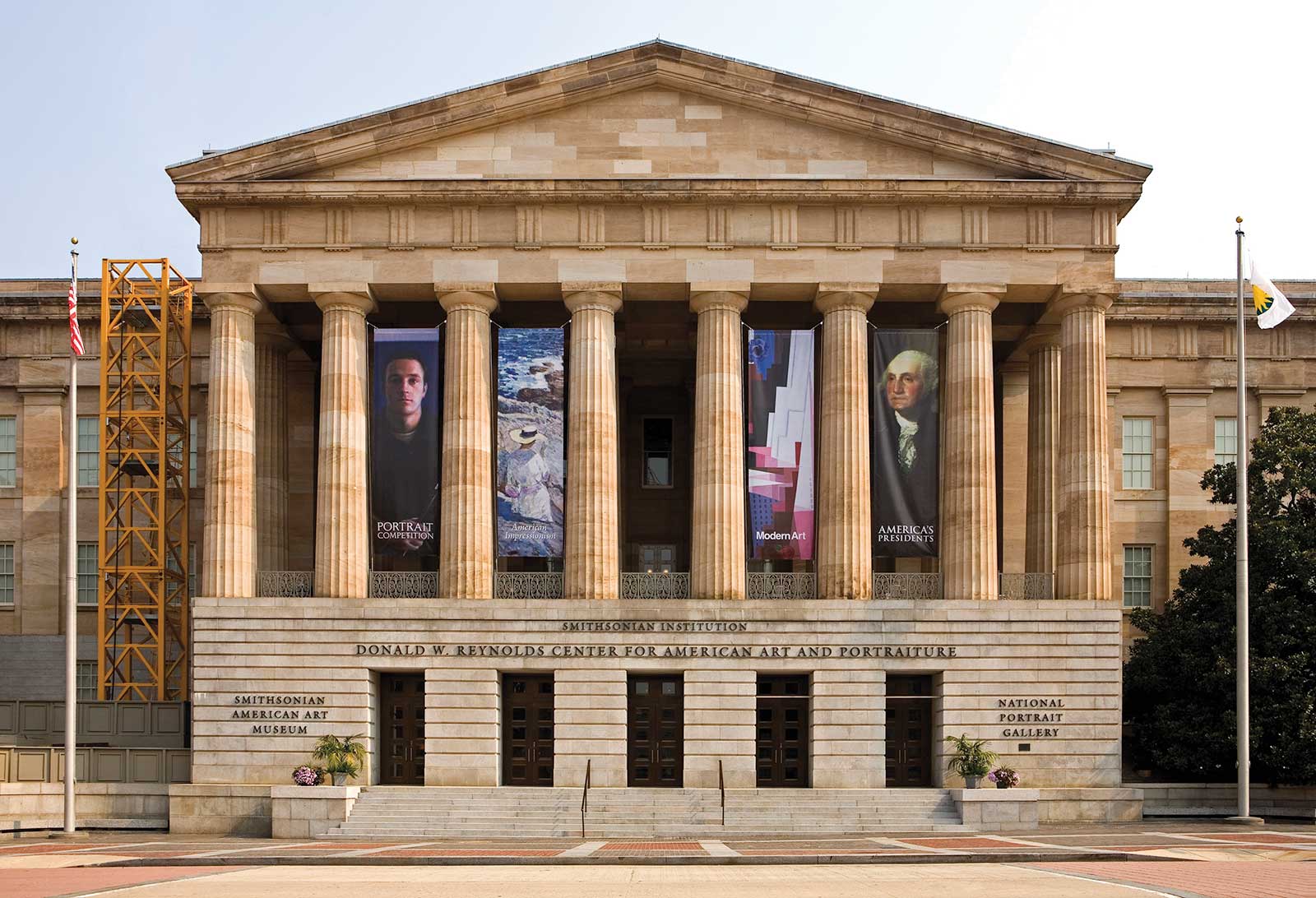
Reynolds Center for American Art and Portraiture, Smithsonian American Art Museum, August 2, 2006. Photo: Ken Rahaim. Smithsonian Institution Archives, Accession 11-009, Smithsonian Photographic Services Collection, Washington, D.C.
We open our Collector’s Guide to Museums and Exhibitions with a showcase of regional museums—their missions, collections and current and upcoming exhibitions of historic art.
The Canton Museum of Art (CMA) is one of Ohio’s premier museums for engaging experiences with American art and its influences. CMA is recognized for powerful exhibitions with storylines and themes that allow everyone to connect with creativity and works of art spanning more than two centuries. On view November 25, 2025, through March 1, 2026, is the original CMA exhibition Shattered Glass: The Women Who Elevated American Art, which showcases American female artists from the past 250 years who made a lasting impact on the art world. “Traditional art history has relegated many women into obscurity by rendering their contributions as ‘less than’ those of their male counterparts,” notes the museum. “The artists in the exhibit fought for their right to create alongside male contemporaries and while doing so, revolutionized the field.”
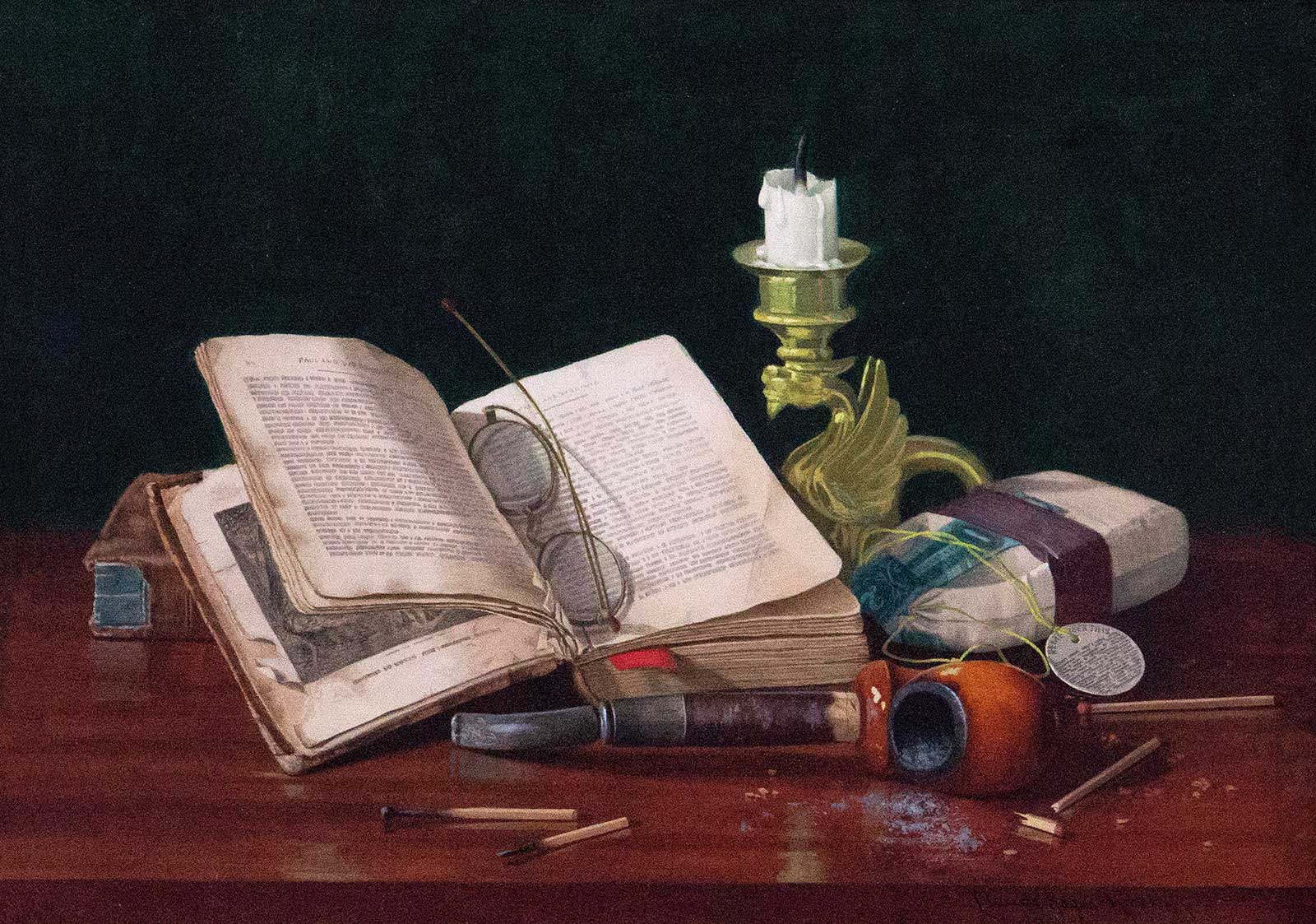
Canton Museum of Art, An Interesting Book, 1890. Watercolor on paper, 10¼ x 14¼ in., by Claude Hirst (1855-1942). Collection of the Canton Museum of Art; Purchased with funds from the Doran Foundation in memory of Edward A. and Rosa J. Langenbach.
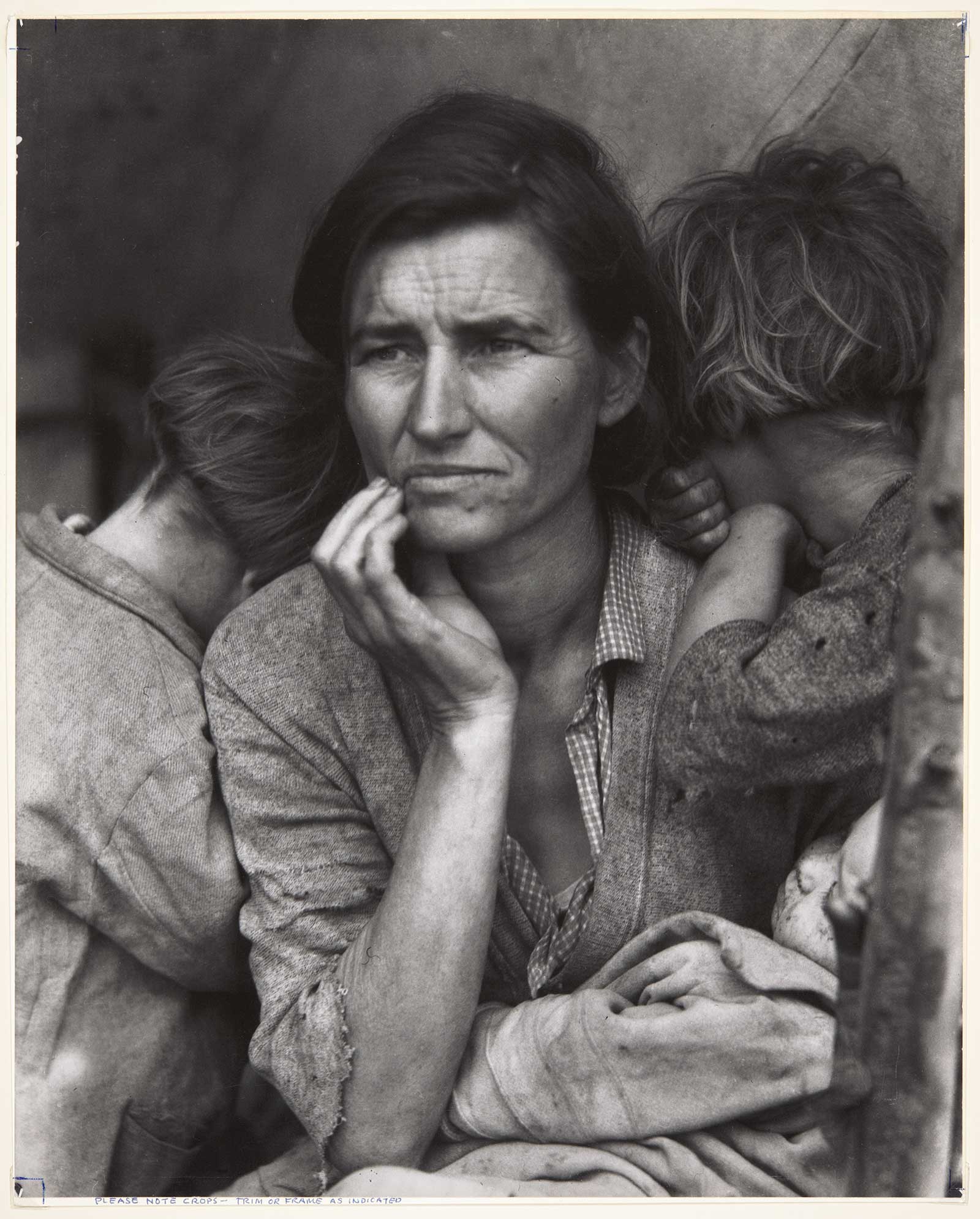
Canton Museum of Art, Migrant Mother, Nipomo, California, 1936. Gelatin silver print, 197/8 x 16 in., by Dorothea Lange (1895-1965). Collection of the Kalamazoo Institute of Arts; Gift of the Kalamazoo Photo Guild, 1966/7.85.
CMA has worked with museums and private collections nationwide, and drawn from its own permanent collection, to assemble more than 100 major works and inspiring stories from women artists—never before experienced in one place. From Claude Hirst to Dorothea Lange to Judy Chicago, Shattered Glass reclaims the narrative of these exceptional American artists. See our full coverage of the show in the next issue of American Fine Art Magazine.
The Charles Hosmer Morse Museum of American Art houses the world’s most comprehensive collection of works by Louis Comfort Tiffany (1848-1933), including the artist and designer’s jewelry, pottery, paintings, art glass, leaded-glass lamps and windows; his chapel interior from the 1893 World’s Columbian Exposition in Chicago; and art and architectural objects from his Long Island country estate, Laurelton Hall. Opening October 14 is Breaking Tradition: Distinguishing American Stained Glass, which explores the emergence of a distinctly American style of decorative glass art. In the 19th century, opalescent glass introduced an entirely new painterly and naturalistic aesthetic to the stained-glass industry in America. Artists at the forefront of the opalescent era, such as Tiffany and John La Farge (1835-1910), pioneered new techniques for coloring and forming glass, innovations that shaped public taste and distinguished American stained glass from its European counterparts. Breaking Tradition explores this dramatic shift and the ways artists adopted and broke from convention to redefine a centuries-old medium.
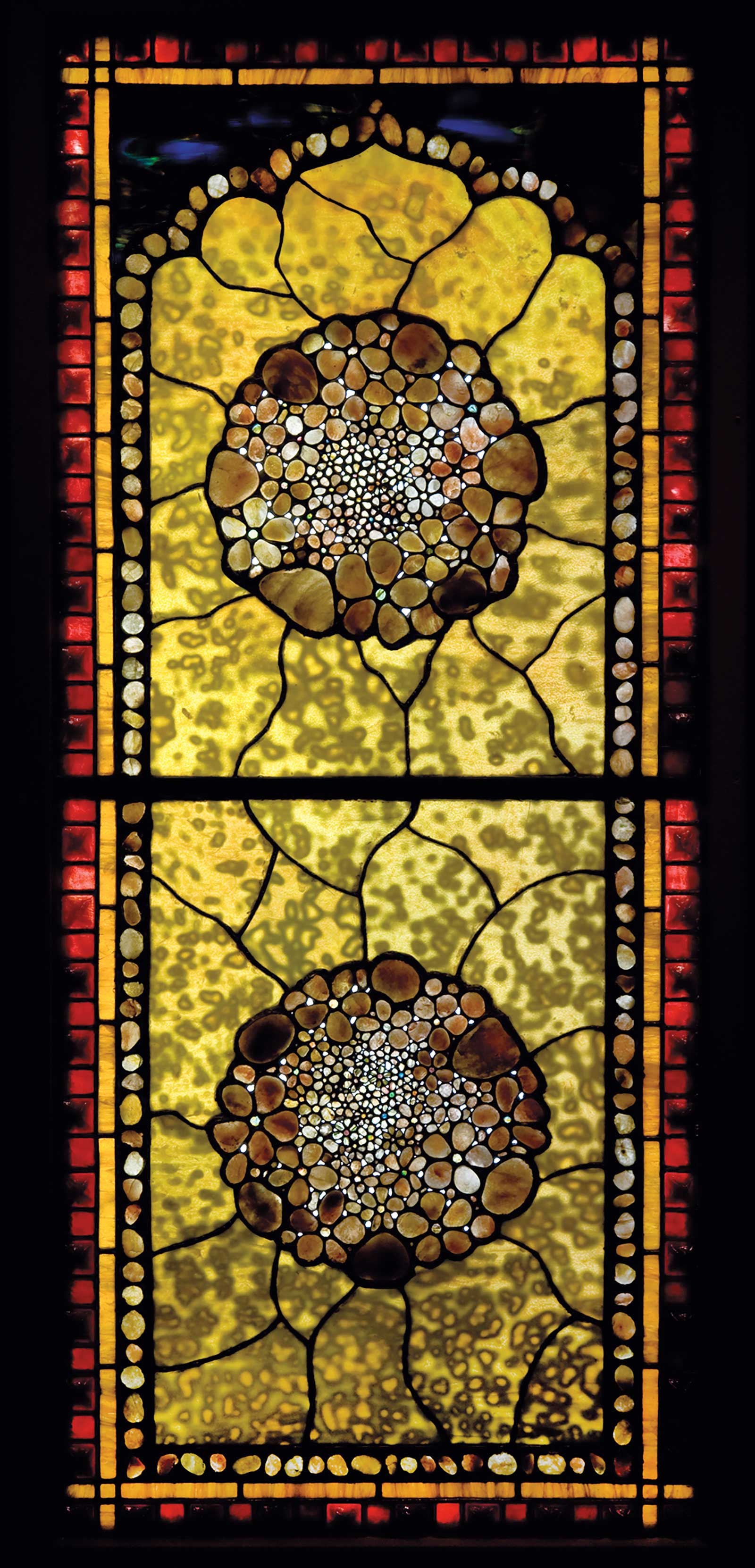
The Charles Hosmer Morse Museum of American Art, Window, ca. 1897, Joseph Briggs house, Wood-Ridge, New Jersey. Leaded glass, quartz pebbles; Tiffany Glass and Decorating Company, New York City, 1892-1902 (58-016). The Charles Hosmer Morse Museum of American Art.
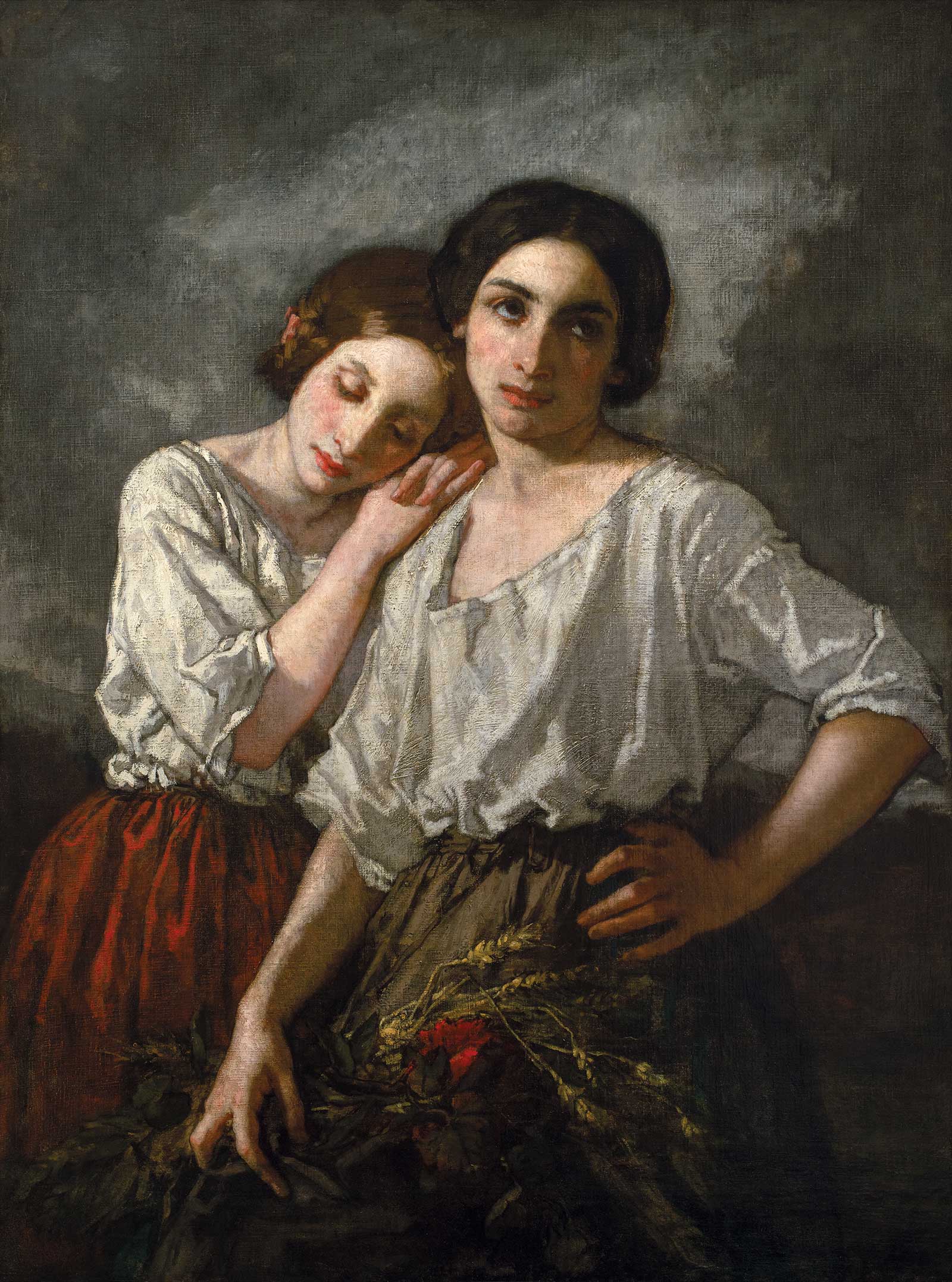
The Mint Museum, Two Sisters, ca.1848-51. Oil on canvas, by Thomas Couture (French, 1815-1879). The Smith-Naifeh Collection
Founded in 1936 as North Carolina’s first art museum, the Mint Museum spans two Charlotte locations and houses a diverse collection of American, European and contemporary art, as well as its renowned craft, design and fashion collection. Through engaging exhibitions, dynamic education programs and vibrant community involvement, the Mint fosters a deeper understanding of the world around us and the powerful stories art can tell.
From October 11, 2025, through February 22, 2026, Mint Uptown will host Renaissance, Romanticism, and Rebellion: European Art from the Smith-Naifeh Collection. The landmark exhibition showcases more than 70 paintings, sculptures, and works on paper drawn entirely from the acclaimed Smith-Naifeh Collection—one of the most significant private collections of 19th-century European art in the Southeastern United States. Spanning a century of profound cultural, social, and artistic transformation, the exhibition offers a rare glimpse into a pivotal era when tradition gave way to bold experimentation. Through three thematic sections, the show traces how European artists responded to their changing world. From classical revival to emotional introspection and daring departures from academic norms, these works capture the spirit of an age on the brink of modernism.
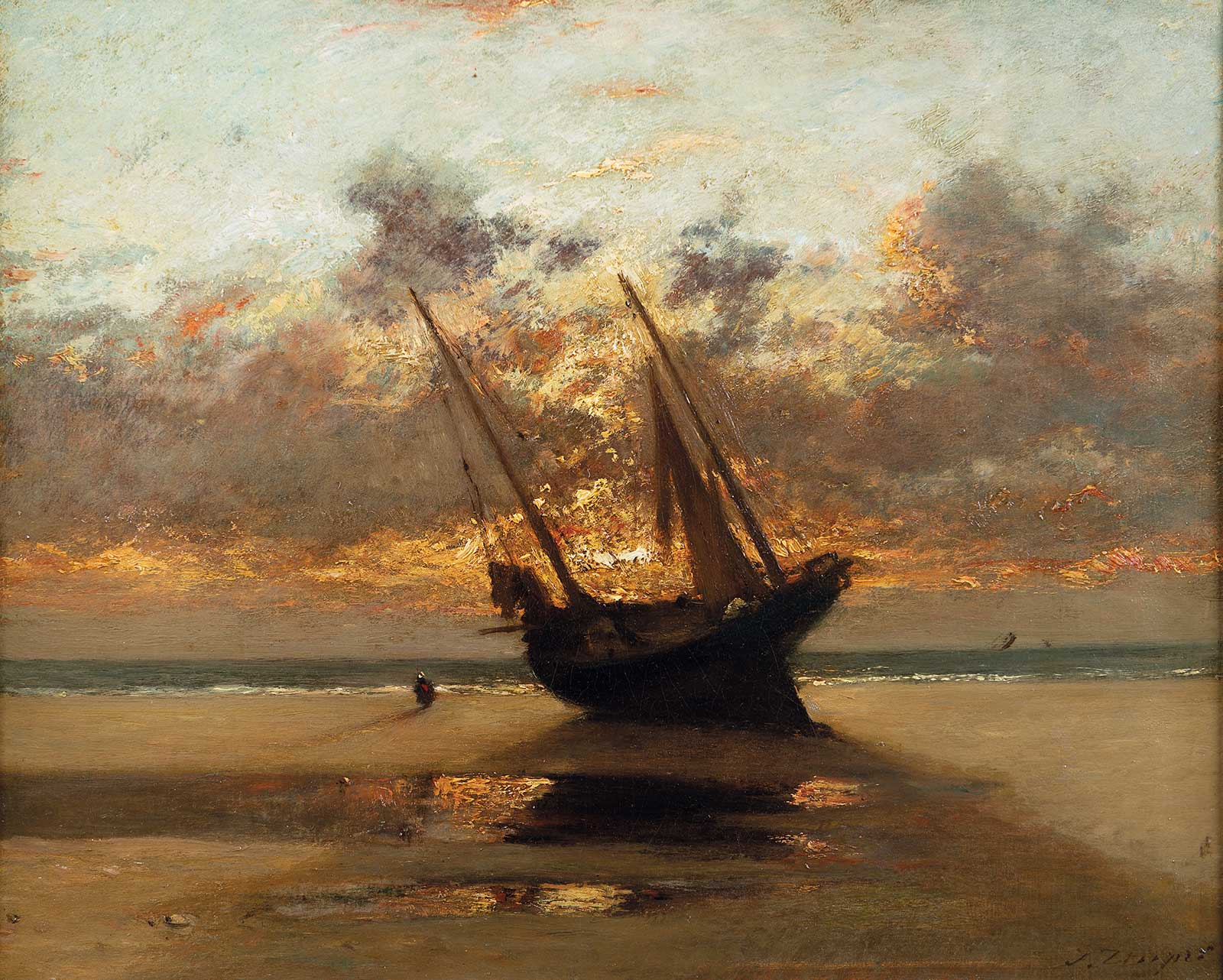
The Mint Museum, Last Mooring, 1870-75. Oil on canvas, by Jules Dupré (French,1811-1889). The Smith-Naifeh Collection.
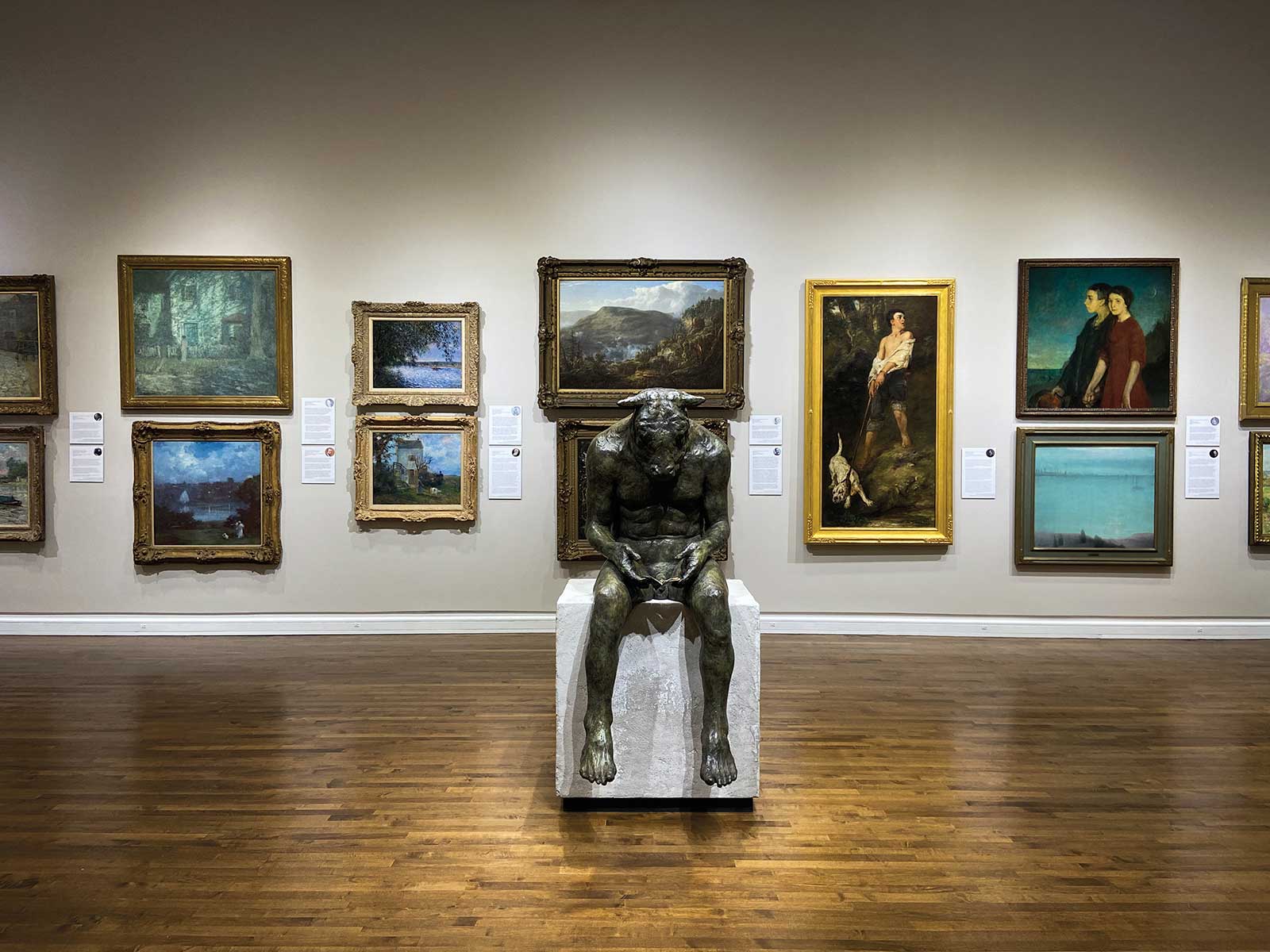
Muskegon Museum of Art, gallery photo.
Recognized for its bold curatorial vision, the Muskegon Museum of Art in Muskegon, Michigan, is a destination museum with a unique and fresh perspective on contemporary and historical art. The museum’s commitment to amplifying the voices of women artists continued this summer with The Bennett Prize: Rising Voices 4, a juried exhibition highlighting emerging women figurative realist painters. The Muskegon Museum’s roots, however, are historic. The museum was originally founded in 1912 through the bequest of a prominent lumber baron, Charles Hackley, to collect “pictures of the best kind.” Although Hackley did not live to see the museum open, his legacy lives on through the museum’s permanent collection. The collection, which is regarded as one of the best hidden gems of the Midwest, features a wide array of American and European paintings, sculptures, drawings and glass. Regularly on display are works by Edward Hopper, John Steuart Curry, Winslow Homer, Pierre Bonnard, Artemisia Gentileschi, Mary Cassatt and more.
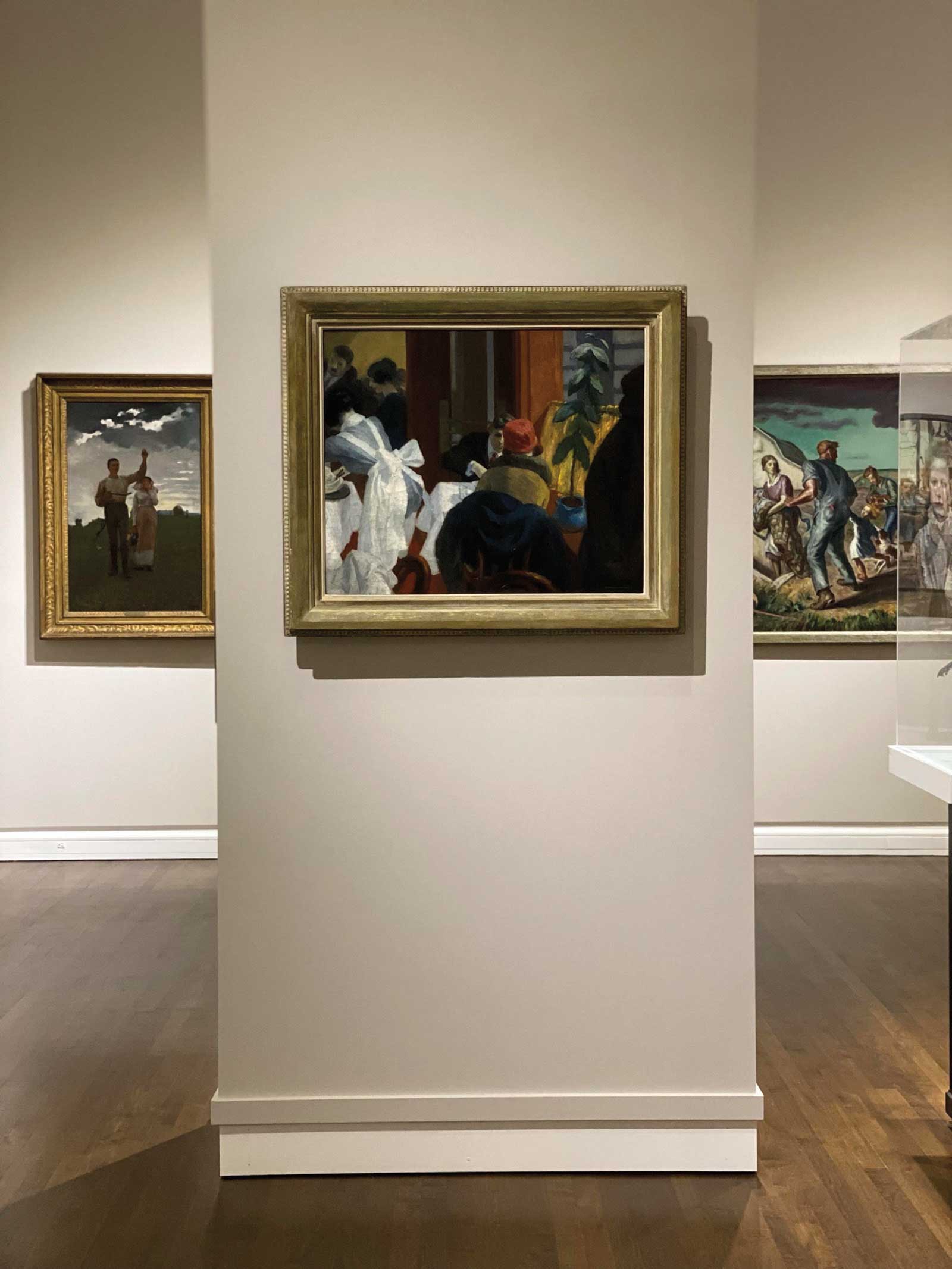
Muskegon Museum of Art, gallery photo featuring Answering the Horn by Winslow Homer, New York Restaurant by Edward Hopper, and Tornado (Tornado Over Kansas) by John Steuart Curry.
The museum also features many rotating exhibitions throughout the year, ranging from exhilarating national travel exhibitions to contemporary solo shows by regional artists. This fall, the Muskegon Museum of Art will be showcasing Art Nouveau: Age of Elegance, an exhibition featuring the original Alphonse Mucha posters, rare Amphora ceramics, elegant furniture of the era, and Tiffany glass. —
Featured Museums
Canton Museum of Art
1001 Market Avenue North, Canton, OH 44702
(330) 453-7666, www.cantonart.org
The Charles Hosmer Morse Museum of American Art
445 North Park Avenue, Winter Park, FL 32789
(407) 645-5311, www.morsemuseum.org
Mint Museum Uptown
Levine Center for the Arts
500 S. Tryon Street, Charlotte, NC 28202
Mint Museum Randolph
2730 Randolph Road, Charlotte, NC 28207
(704) 337-2000, www.mintmuseum.org
Muskegon Museum of Art
296 W. Webster Avenue, Muskegon, MI 49440
(231) 720-2570, www.muskegonartmuseum.org
Powered by Froala Editor
